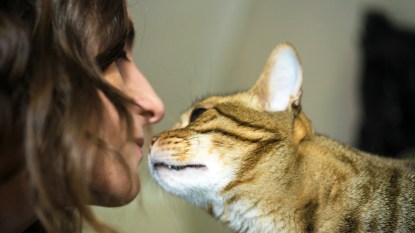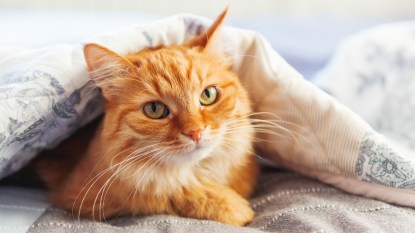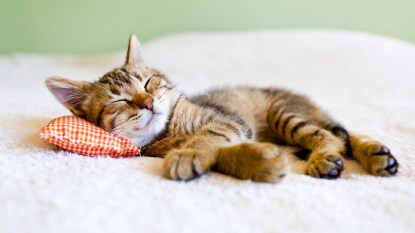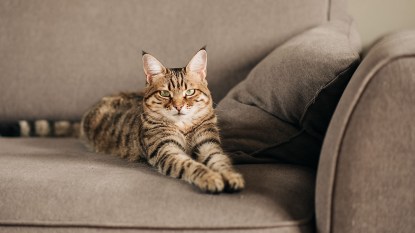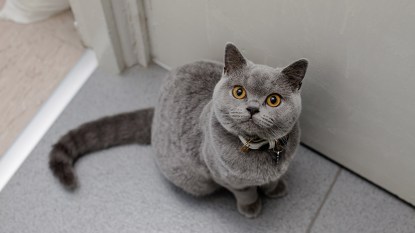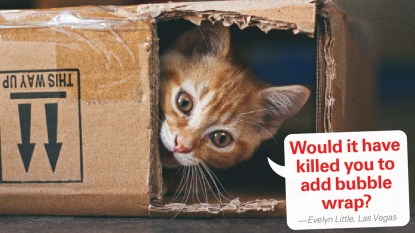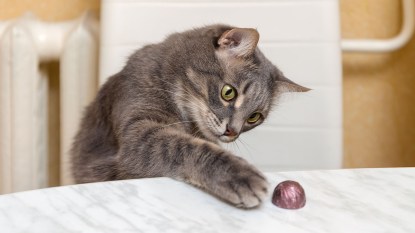What To Do When Your Cat Just Won’t Eat: Top Vets Weigh In
Plus simple ways to make your feline friend excited about meal time
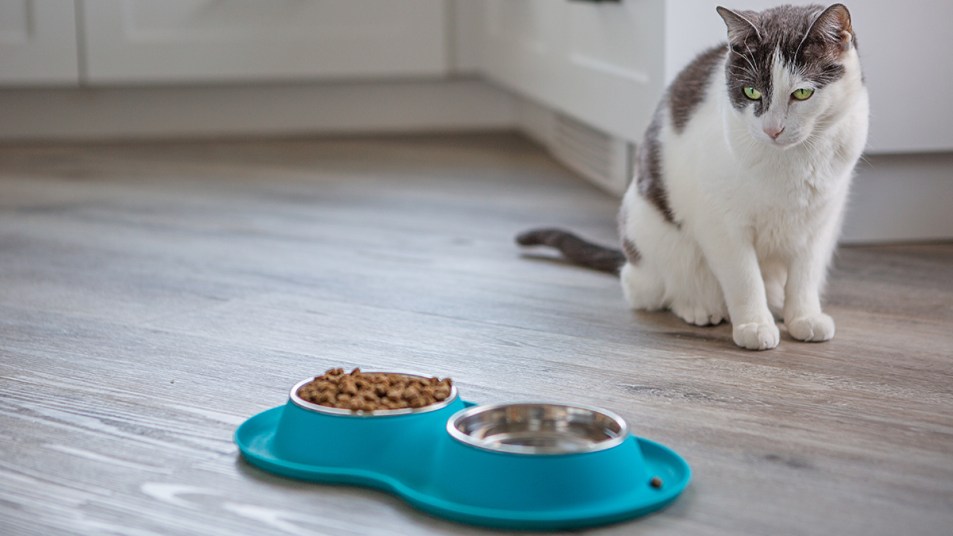
Cats can be finicky, for sure, but when your beloved kitty suddenly loses interest in food or simply stops eating, it’s normal to be concerned. How long can a cat go without eating, anyway? We reached out to top veterinarians to get the answer, as well as possible causes for this behavior and tips on how to entice cats to eat. Keep scrolling for their best advice.
Common reasons your cat isn’t eating
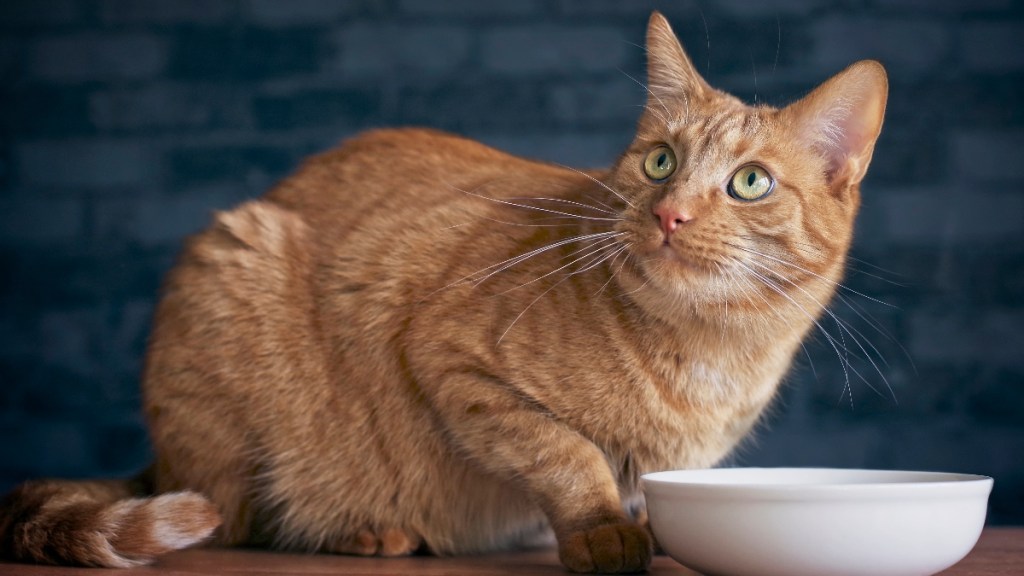
As soon as you discover your cat isn’t eating, you should take them to see a veterinarian as soon as possible. This will allow them to complete an exam and order any necessary tests to determine a cause.
“There are many medical reasons a cat may stop eating: toxin ingestion, foreign body ingestion, kidney disease, diabetes, and pancreatitis,” shares Preston Turano, DVM, veterinary spokesperson at Felix Cat Insurance. Other conditions can include infections, conditions such as gastritis, gastroenteritis, pancreatitis, inflammatory bowel, hyperthyroidism, cancer and urinary tract issues. Even dental issues can make it difficult or uncomfortable for cats to eat.
If a vet rules out a medical issue, there may be external factors causing the loss of appetite. The first possibility: a change in Fluffy’s diet. “Cats can be finicky eaters, and changes in their diet, such as switching to a new brand of food or sudden changes in ingredients, can sometimes lead to decreased appetite,” says Neus Torrent, DVM, an animal nutritionist for Outdoor Bengal. You can offer a different food, but if your cat still hasn’t eaten in 12 to 24 hours, head to the vet.
Another common issue? Stress or anxiety. “Cats are sensitive animals. Stressors such as moving to a new home, changes in routine, introduction of a new pet or loud noises can cause them to lose their appetite,” adds Torrent.
How long can a cat go without eating?
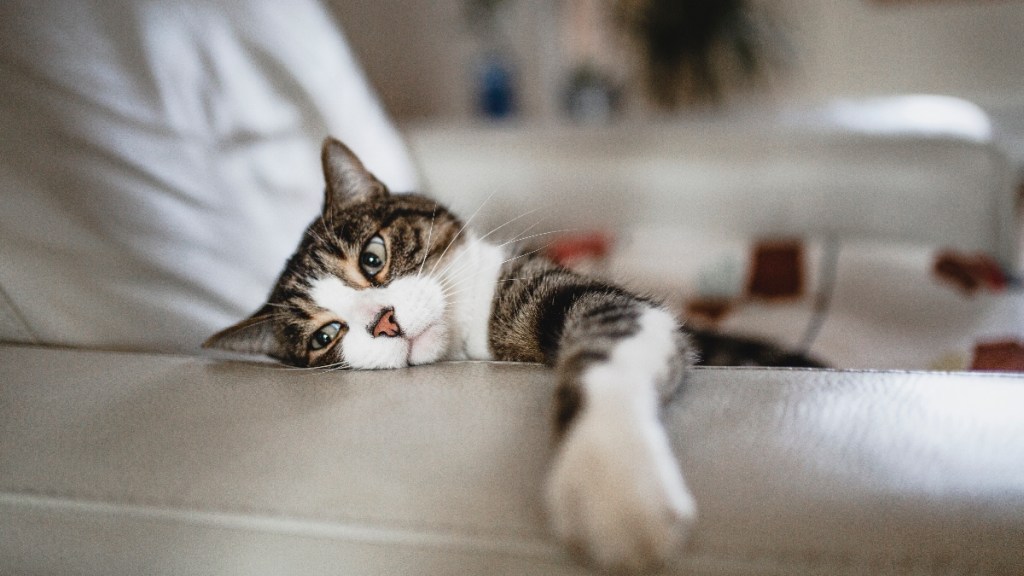
“A cat’s ability to go without eating depends on several factors, including its age, health condition, and body weight,” says Torrent. “Generally, a healthy adult cat can survive without food for about 3 to 7 days or possibly longer. However, this can vary based on individual circumstances.”
“The longer they go without food, the greater their risk for getting secondary hepatic lipidosis,” adds Turano. “This fatty liver disease only happens when cats stop eating, and when it happens will vary from cat to cat.” Other serious and life-threatening conditions include muscle wasting, electrolyte imbalances, dehydration and a suppression of the immune system.
“Furthermore, the longer a cat goes without eating, the more challenging it is returning to normal food intake,” explains Torrent. So it’s important to take action as soon as you notice a change in your cat’s dietary habits, or if you notice other symptoms like vomiting, diarrhea or lethargy.
Related: The Dos and Don’ts of Feeding Your Cat ‘Human Food’
How to make cat food more appealing
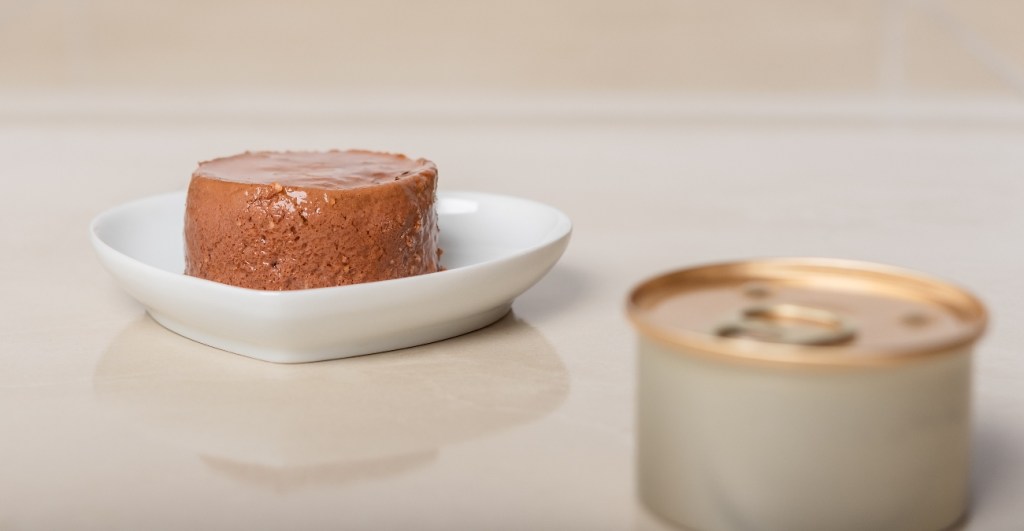
Even a healthy cat may not gobble up its food every meal. Thankfully, there are a number of things you can do to encourage your cat to regularly eat. (Click through for more ways to help a picky eater).
Variety is one simple solution! “Just as people don’t eat the same exact thing every day, it is a good idea to alternate your cat’s food on a regular basis,” says Turano. “For example, you could offer different brands of food or rotate through the different flavors of the same brand.”
Other tricks to make your feline’s food more appealing:
- Warm the food. “Gently warming cat food before serving can amplify its aroma, enticing your cat’s appetite,” shares Torrent. “However, ensure the food is not overheated to avoid any discomfort for your feline friend.”
- Consider topping cat food with low-sodium chicken or fish broth, tuna with its juice, chicken meat, cheese or nutritional yeast.
- Increase moisture content. This is especially important if a cat primarily eats dry food. “Incorporating low-sodium chicken or fish broth into meals can boost hydration and flavor,” says Torrent. “Additionally, adding a small amount of warm water to dry food can soften it, enhancing its aroma and palatability.”
- Offer high-quality cat food, specifically those that have high meat content as cats are drawn to protein and fat-rich diets.
Cats can be finicky, but generally there’s one thing they all prefer when it comes to meal times: a clean and easily accessible dining spot. “Neglecting to maintain a clean feeding area or providing inadequate access to food and water can contribute to a cat’s reluctance to eat,” says Torrent. “Similarly, maintaining a clean litter box is essential, as unsanitary conditions can also affect a cat’s eating habits.” (Not sure how often to clean a pet bowl? Click through for vets’ top advice).
With a calm feeding spot and food that caters to your cat’s dietary preferences, your sweetie will be eagerly awaiting meal times in no time!
For more pet information, keep reading!
Orange Cat Behavior: Vets Explain the Quirks That Make These Colorful Kitties So Special
Why Do Cats Like Shoes So Much? Vets Reveal the Reason for Their Quirky Obsession
Why Do Cats Loaf? Vet Experts Reveal the Sweet Reason Behind This Cute Behavior


